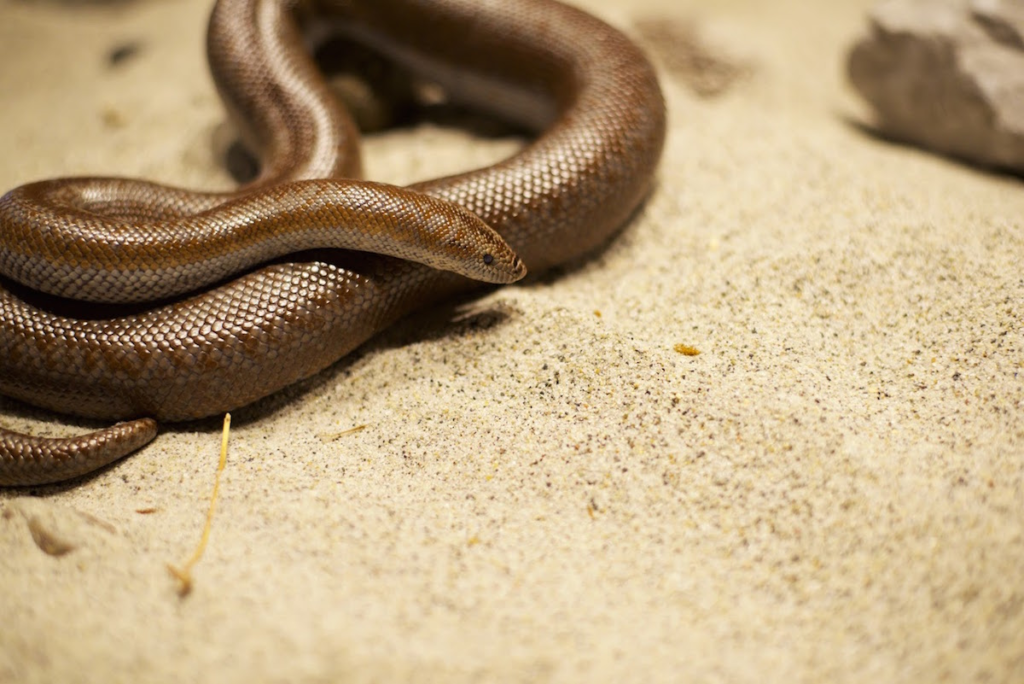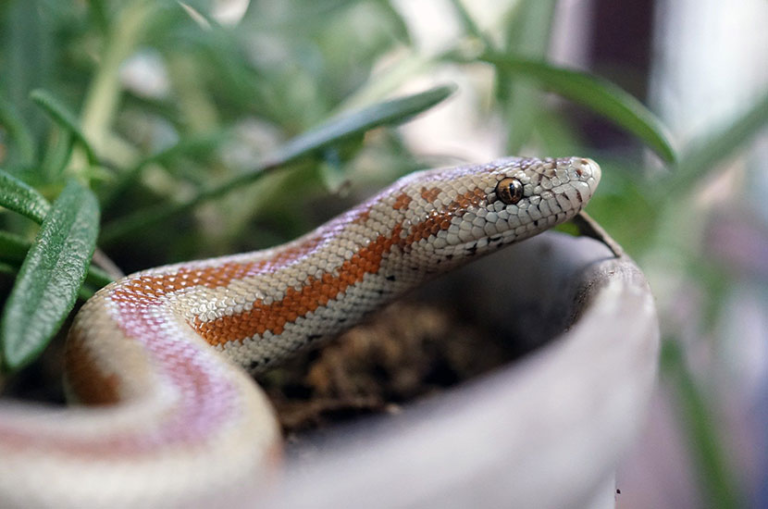Introduction:
Rosy Boas, a mesmerizing species of snake, captivate enthusiasts and hobbyists with their striking appearance and docile nature. Among the diverse boa family, including the renowned Boa Hancock, Arabian Sand Boa, and Emerald Tree Boa, the Rosy Boa stands out with its unique characteristics and charm. In this comprehensive guide, we delve into the world of Rosy Boas, exploring their habitat, care requirements, and intriguing facts.
Understanding Rosy Boas:
Rosy Boas (Lichanura trivirgata) are non-venomous snakes native to the southwestern United States and northern Mexico. They derive their name from the rosy or pinkish hues present on their bodies, which complement their earthy tones. These small to medium-sized boas typically reach lengths of 2 to 4 feet, making them ideal pets for reptile enthusiasts.
Habitat and Environment:
In their natural habitat, Rosy Boas inhabit a variety of landscapes, including deserts, rocky areas, and scrublands. They are adept at burrowing and seek shelter among rocks and crevices to regulate their body temperature and avoid predators. When kept in captivity, it’s crucial to replicate their natural environment by providing a spacious enclosure with hiding spots, a substrate resembling their native terrain, and a temperature gradient to mimic their natural habitat.

Care and Maintenance:
Rosy Boas are relatively low-maintenance pets, making them suitable for both beginners and experienced reptile keepers. Proper husbandry includes providing a well-balanced diet consisting of appropriately sized rodents, maintaining optimal temperature and humidity levels, and regular spot cleaning of their enclosure to prevent the buildup of waste and bacteria. Additionally, providing fresh water for hydration and shedding is essential for their overall well-being.
Fascinating Facts about Rosy Boas:
- Rosy Boas are ambush predators, relying on their excellent camouflage and stealth to capture prey such as rodents, lizards, and small birds.
- They possess a unique defense mechanism known as “bluffing,” where they coil their bodies, hiss, and vibrate their tails to deter potential threats.
- Rosy Boas are ovoviviparous, meaning they give birth to live young rather than laying eggs. A typical litter size ranges from 2 to 10 offspring, depending on various factors such as the age and health of the female.
Conclusion:
In conclusion, Rosy Boas are fascinating creatures that offer reptile enthusiasts a glimpse into the intriguing world of snakes. Whether you’re drawn to their captivating coloration, gentle disposition, or unique behaviors, Rosy Boas make rewarding pets for individuals willing to provide them with proper care and enrichment. By understanding their habitat, dietary needs, and natural behaviors, you can ensure the health and happiness of these remarkable reptiles in captivity.


